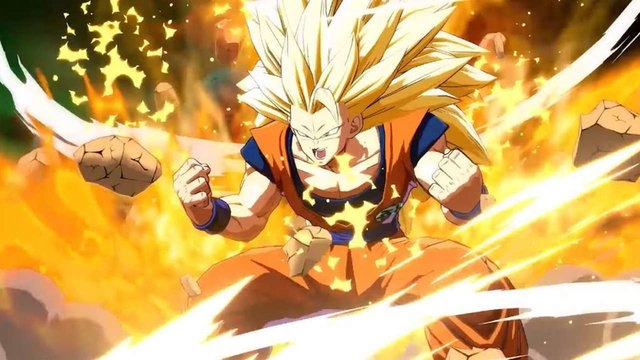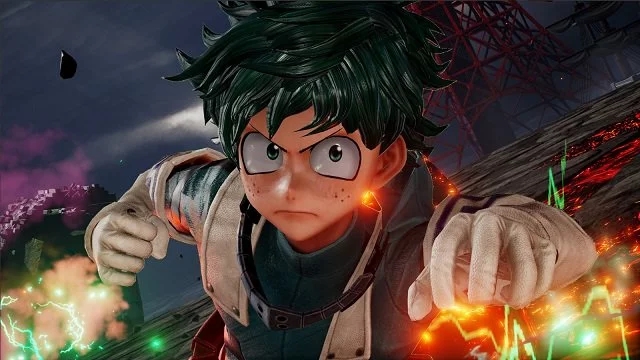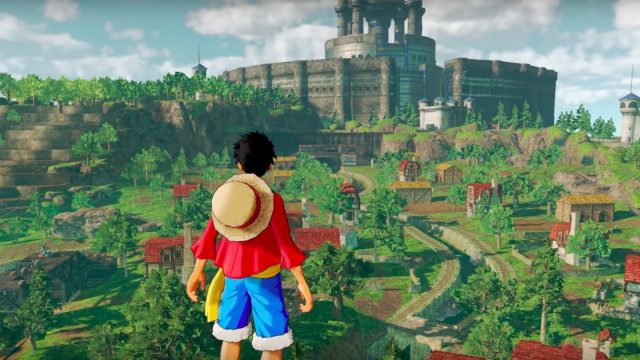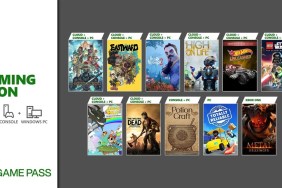One Piece: World Seeker is certainly not the best licensed anime game to hit the shelves, but it does a lot right. It’s got a large world to explore, upgradeable abilities, gorgeous animations, and a respectable One Piece story. However, the lack of polish is a single central problem that plagues the entire the experience. But it doesn’t just plague World Seeker; it’s a persistent issue for almost every single anime game.
Polish is strange, as it’s not exactly something you can measure or quantify, but something you feel out over time. Graphics, animations, sound, and even the world itself are all aspects that can be subject to varying levels of polish, but it’s difficult to put into words what that even means, even though it’s easy enough to judge for yourself whether or not polish is present.
A matter of time

Polish is probably best defined as quality as a polished game feels high quality from top to bottom. Animations blend together seamlessly, sound effects pop at all the right moments, and the visuals have a clear, cohesive style to them. When it comes to polish, Nintendo developed games might be the industry leaders, as it’s a struggle to find aspects of first-party Nintendo titles that feel out of place or lackluster. These titles are difficult to develop and a lot of time has to be put into seemingly small or mundane aspects to create something that feels truly squeaky clean. So it’s not a surprise that licensed games are often the ones that really lack this feeling.
Sadly, the recent One Piece: World Seeker is a pretty good example of what a lack of polish looks like, despite it being one of the better licensed anime titles of recent years. It’s a big, exciting, and at times, tedious adventure, and sadly cohesion is not one of its strong suits. Characters are animated beautifully, with the cel-shaded art style really making each character pop as magma ripples and smoke billows.
But then the world is lacking. It has been described as a world built from stock Unreal Engine assets and those detractors have a good point. Worlds in the One Piece series are distinct and vibrant, but this one is flat, and characters stand out as overly detailed in comparison to some truly bland environments. They’re functional for gameplay, but they’re nothing like the worlds the author pens into his lauded manga series.
And while animations on characters are incredibly strong, some of the movement mechanics are less so. A nice grapple ability lets the protagonist Luffy pull himself onto rooftops and traverse the world quickly, and frankly, it feels wrong. Luffy snaps to ledges unceremoniously and stops as soon as he reaches those ledges, magically discarding the momentum he builds.
Even when you upgrade this ability and are able to launch from ledges to fly through the air, Luffy shoots off in a way that is distinctly unnatural. There’s no consistent momentum. It’s an absurd and disjointed spring into the air. A minor complaint? Probably, but that’s exactly what polish is. A lack of polish certainly doesn’t ruin a game, but it can stick out like a sore thumb.
Ship it

It’s not difficult to look at anime games and be struck by a lack of polish, with Jump Force being a great example of how frustrating it can be to have a game promise so much and deliver so little. The combat works well enough, but is never truly engaging or exciting, despite some flashy effects. Cutscenes are a particularly devastating example of the game lacking that extra layer of sheen, as characters move with basic, stiff, and robotic animations that barely match their dialogue.
Dragon Ball FighterZ is truly an outlier in this regard, with the game displaying an absurd amount of polish even in its earliest public showings, with attacks, animations, and sound effects that are authentic enough to make you almost believe you’re plaything through some of the greatest moments from the anime. Though it’s fair to assume that a 2D fighter is easier to polish up than an open-world adventure, it doesn’t excuse the other games.
So why do anime titles suffer from this polish problem? Well aside from often being lower budget, publishers also need to justify holding the license. Time is money, and if these franchises aren’t relevant in gaming, they’ll fall out of style. When it comes to the very biggest franchises, such as Dragon Ball, the license holders have some pretty stringent rules. For Dragon Ball specifically, Bandai Namco must release at least one game per year. A good game can definitely be developed in that time frame, but it’s certainly not simple.
Unfortunately, anime games are just too often rushed out, with publishers under the impression that fans will buy the licensed games regardless of their actual quality. And that’s probably true for enough people. To say that is a shame would be an understatement. Fans of these franchises deserve quality titles, and while One Piece: World Seeker is much better than what could’ve potentially been released, it doesn’t feel like a passion project. It feels like a game made out of necessity.
Ultimately, One Piece: World Seeker is a good example of a game that could’ve been smaller in scale and more focused, streamlined, and polished. A big budget One Piece experience would be a fantastic way to treat fans, but sadly World Seeker isn’t it. Project Z looks promising but there’s good reason to be afraid that it’ll be lacking the finer details, just like World Seeker. After all, it’s still an anime game.







